In recent times it’s not been unusual for Porsche to use a platform shared with the greater VW Group. The hugely successful Porsche Cayenne (which now accounts for around half of all Porsche sales) is based on the same architecture as the Volkswagen Touareg.
That architecture, however, is natively rear-wheel drive, with all the inherent dynamic and weight distribution advantages of having most of the engine’s torque sent rearwards and having the engine being mounted far back in the nose.
With the arrival of the Macan SUV, Porsche has adopted an Audi platform, which means a longitudinally mounted engine sitting ahead of the front axle line. Despite a couple of decades of massaging this unique layout, it is not an ideal starting point for a vehicle that Porsche insists on calling a ‘sports car’.
The Macan may be the sister car to the Audi Q5, but that does not mean it is a clone: Porsche says some ‘two thirds’ of the car’s components have been ‘replaced or modified’. Autocar understands that the Macan shares a floor and crash structure with the Q5, as well as the lower half of the door structures.
The front and rear suspension set-ups are also basically the same, though Porsche has re-tuned the springs, dampers, anti-roll bars and added quicker steering and its own six-pot monobloc brakes at the front. In terms of the running gear – aside from the option of air suspension, which the Q5 doesn’t get – the biggest change is the addition of Porsche’s own 7-speed PDK transmission.
This is natively a rear-wheel drive set-up and sends 80 per cent of the engine’s torque rearwards in normal driving conditions. This re-biasing of the drivetrain has necessitated a new, stronger, final drive unit on the rear axle.
What Porsche calls the ‘hang on’ four-wheel drive system – a propshaft which takes power from the rear end of the transmission and sends it forwards to the front wheels – can send 100 per cent of torque to the front wheels if the rear wheels have no traction.
The Macan is also marked out by a lower driving position than the Audi. The seat mounting has been modified, as have the mounts for the steering column, to allow the wheel to be mounted in a, flatter, ‘more 911-like’ position.
Porsche’s now-familiar interior design has also been plumbed into the car along with rather shapely sports seats. The upshot, for the driver, is that when sitting in the Macan you will never guess that there are the bare bones of an Audi Q5 under the carpet.
Porsche’s engineers say that the aim with the Macan was to provide the sharpest steering, snappiest acceleration and shift action and deliver the best all-round responsiveness of any SUV of this size.
Despite being the smaller sister to the Cayenne, the Macan is not as capacious as you might expect. The cockpit is satisfyingly snug (mainly thanks to the vast centre console) and beautifully made, but the rear package is tighter, with knee and headroom only just adequate for a six-footer. The boot is also on the smaller side because of a high floor and the steeply sloping tailgate.
A few laps of a test track and a short burst of off-roading in the front seat of the £43,300 Macan Diesel S (which has a 254bhp 3.0-litre V6 diesel engine good for 46.3mpg and 0-62mph in 6.3sec) was enough to test Porsche’s central claim of class-leading responsiveness.


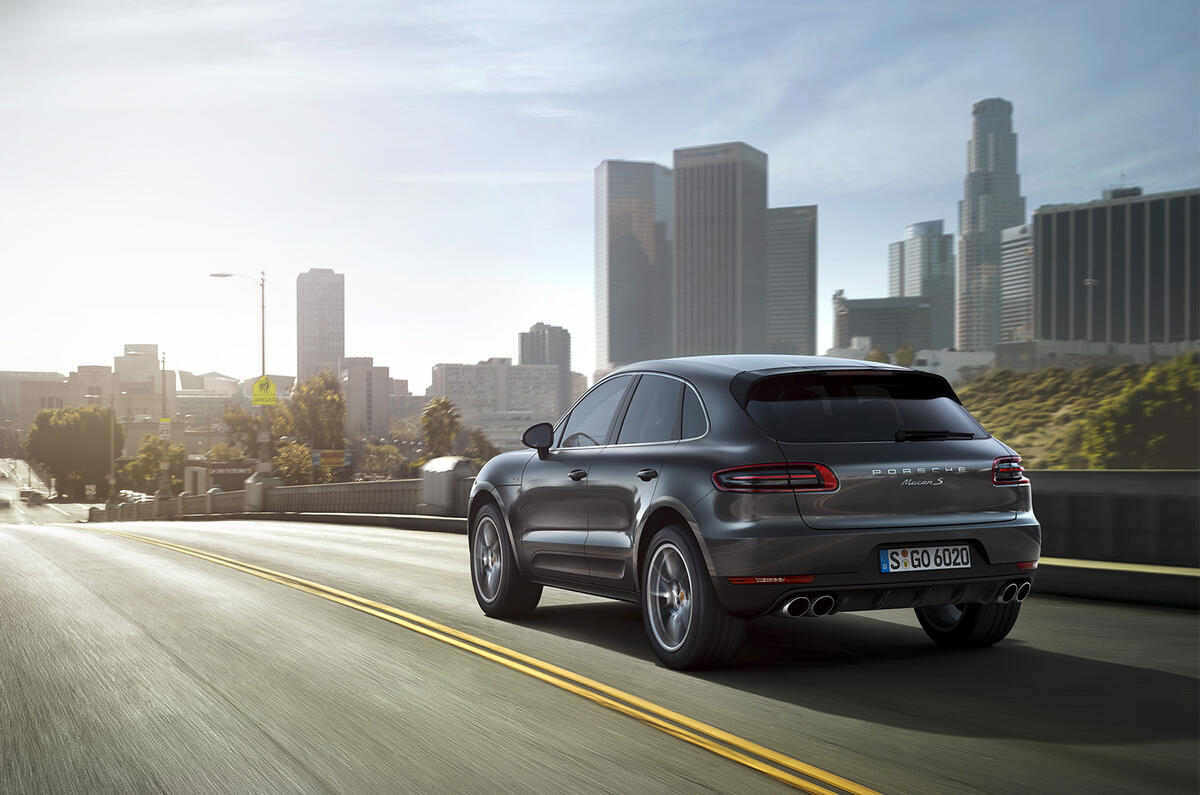

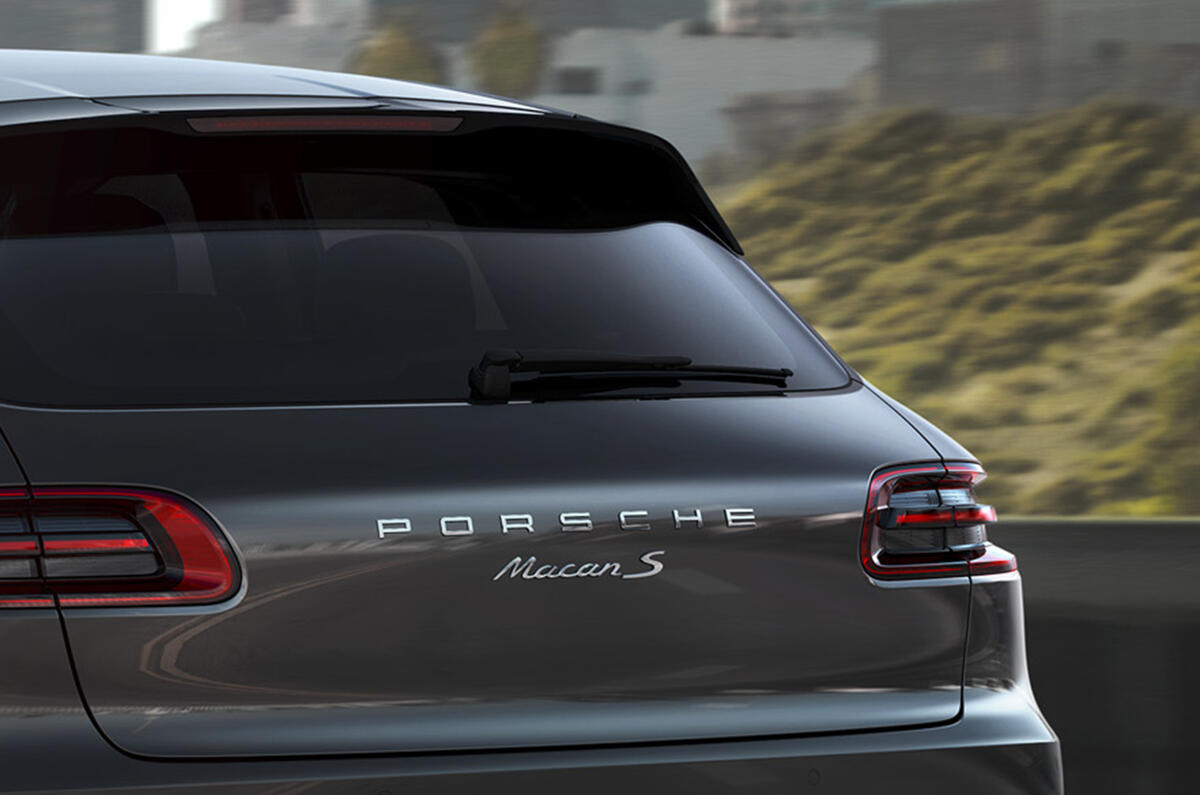
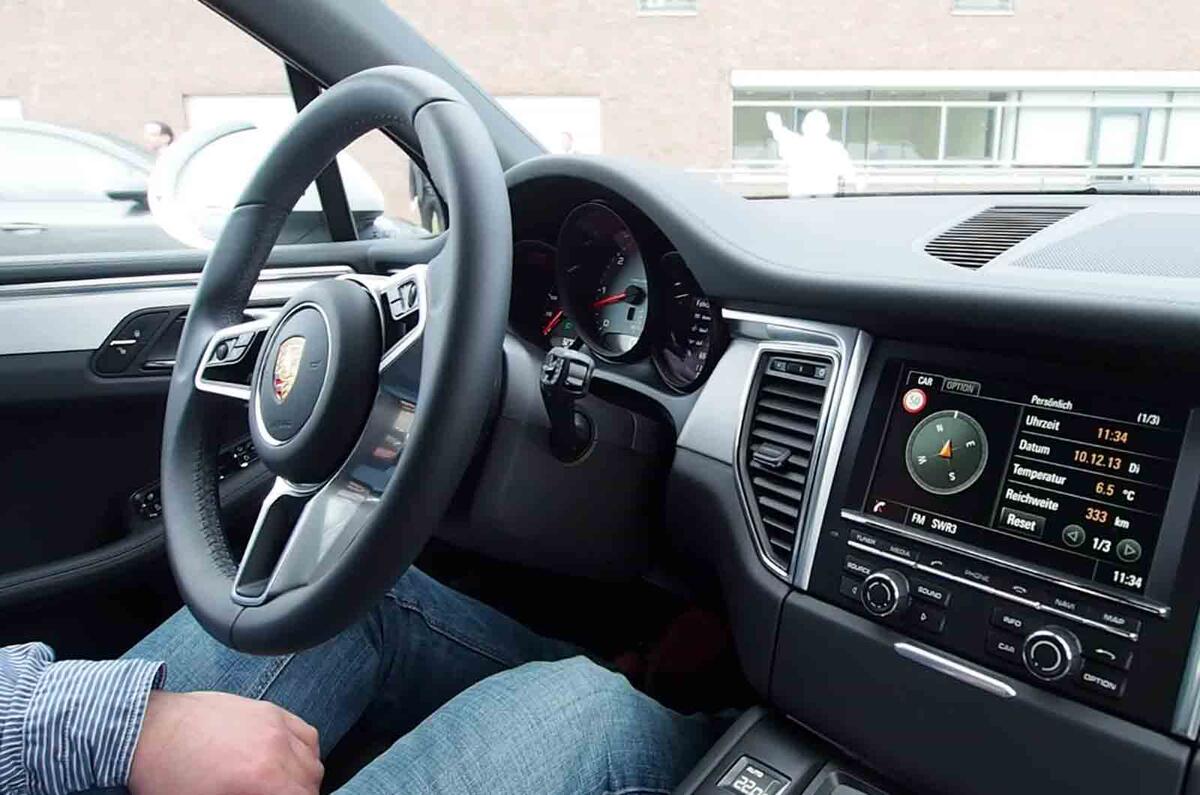
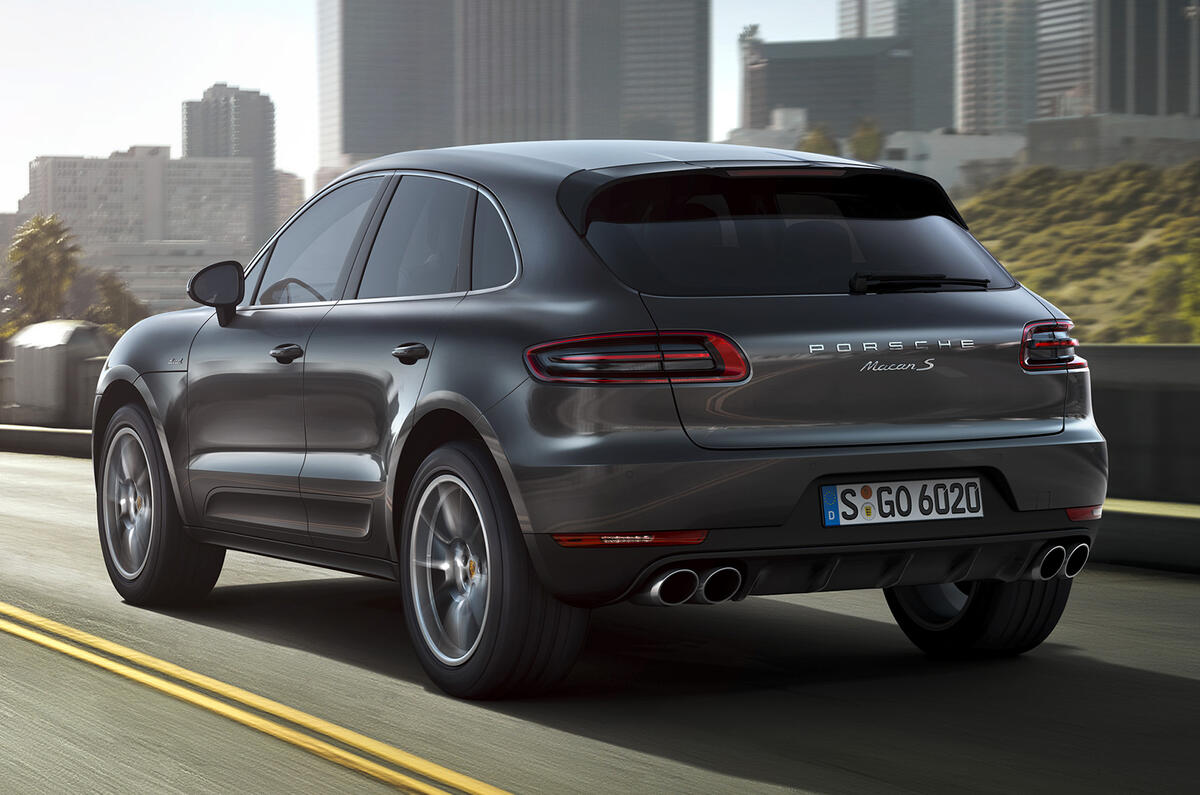
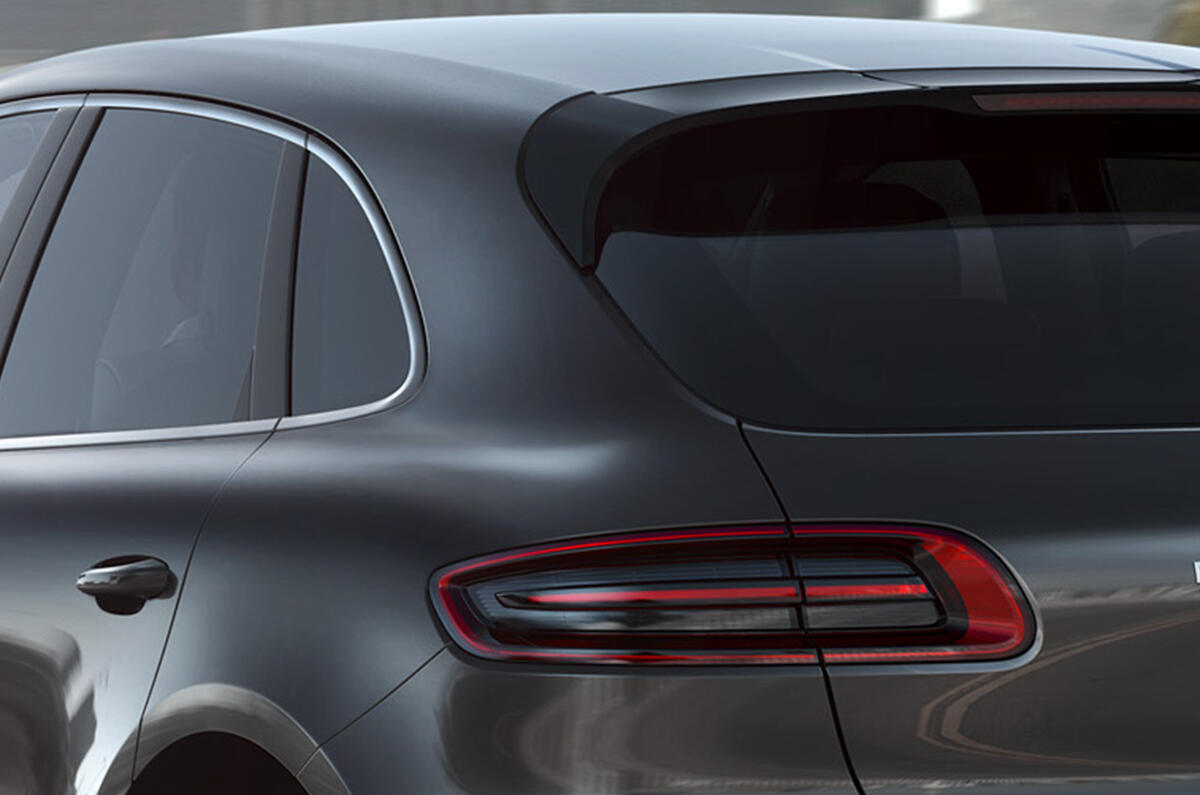
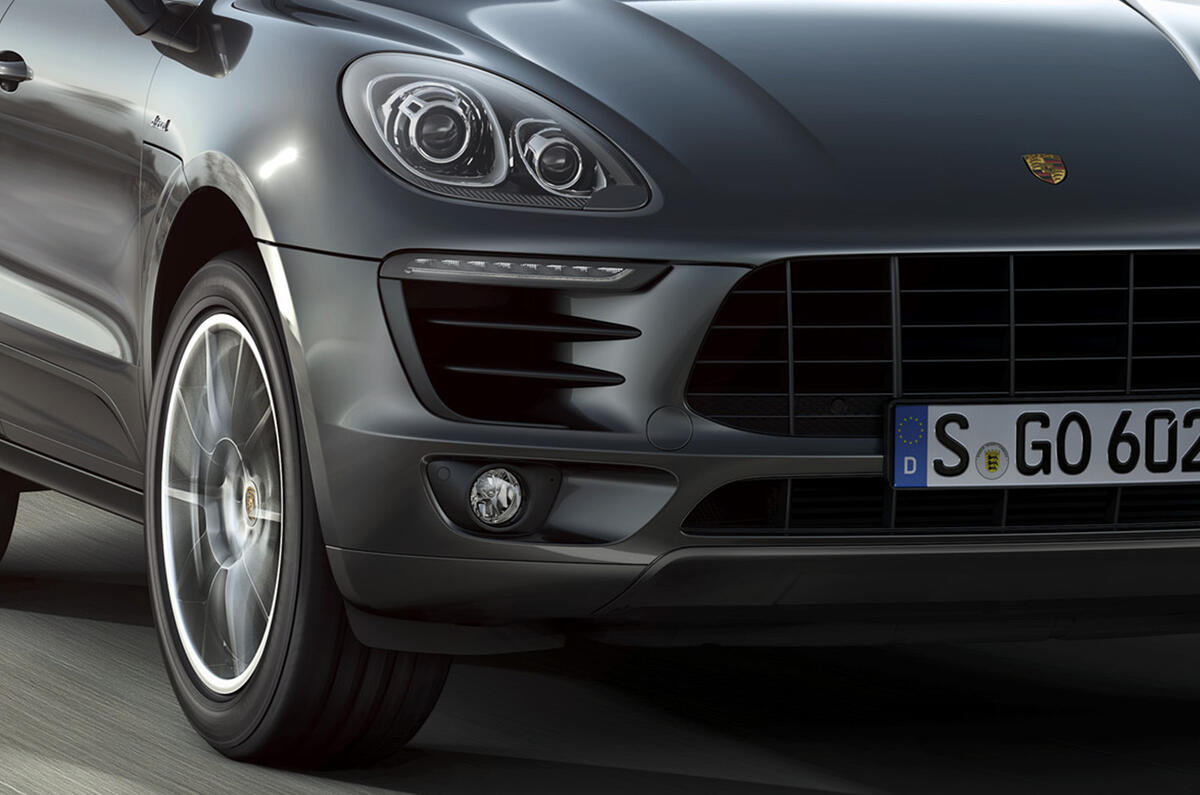
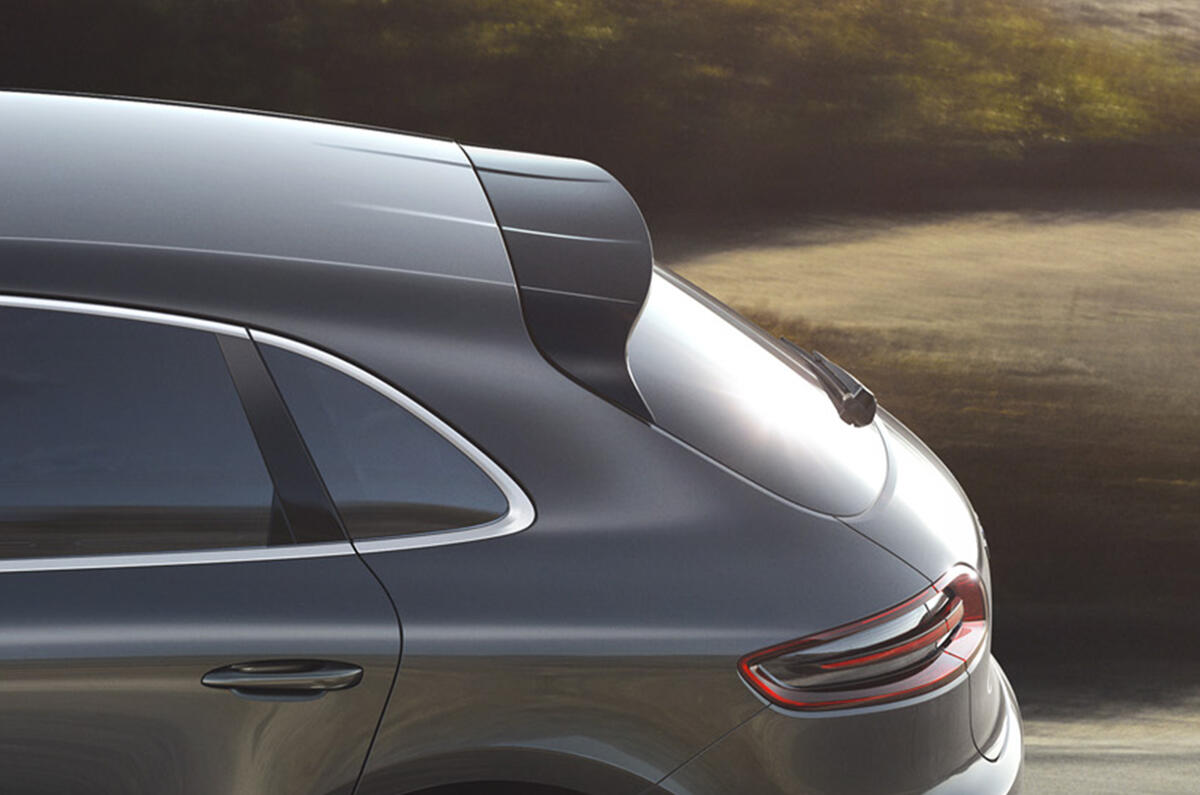
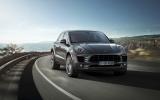
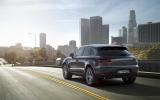
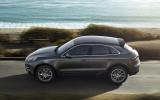
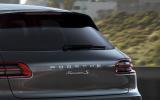
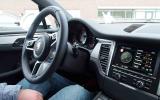

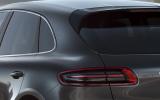
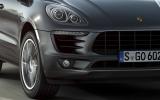
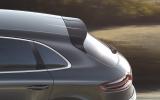


Join the debate
Add your comment
Wide Hips!
Nice Profile.
Excellent effort...!!!
Macan seating